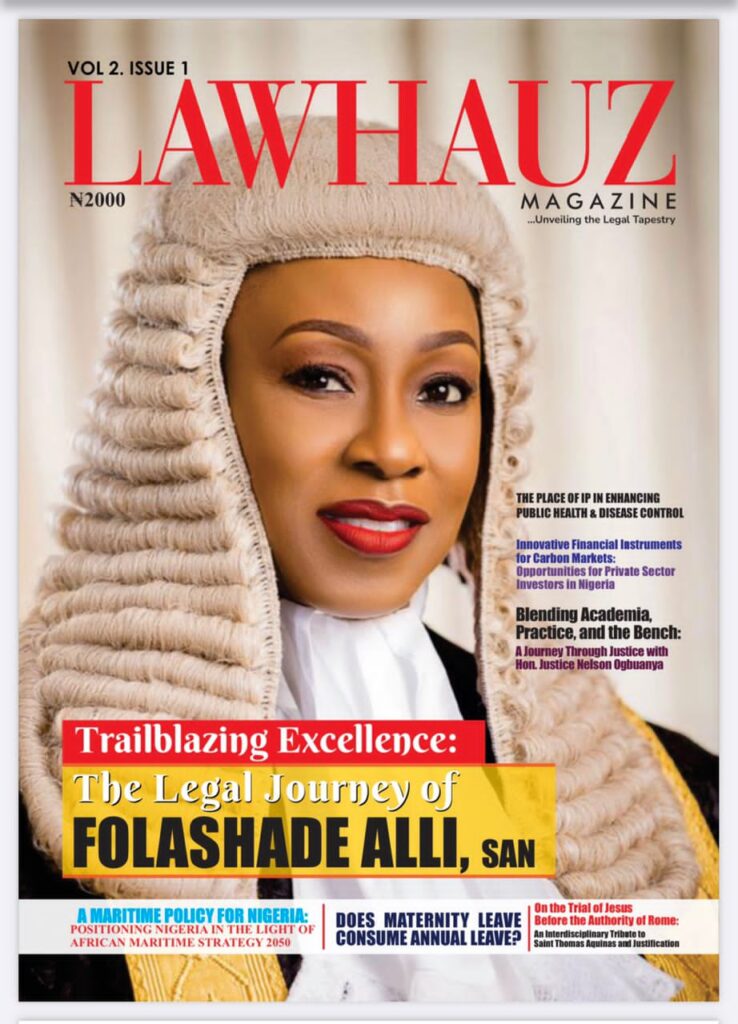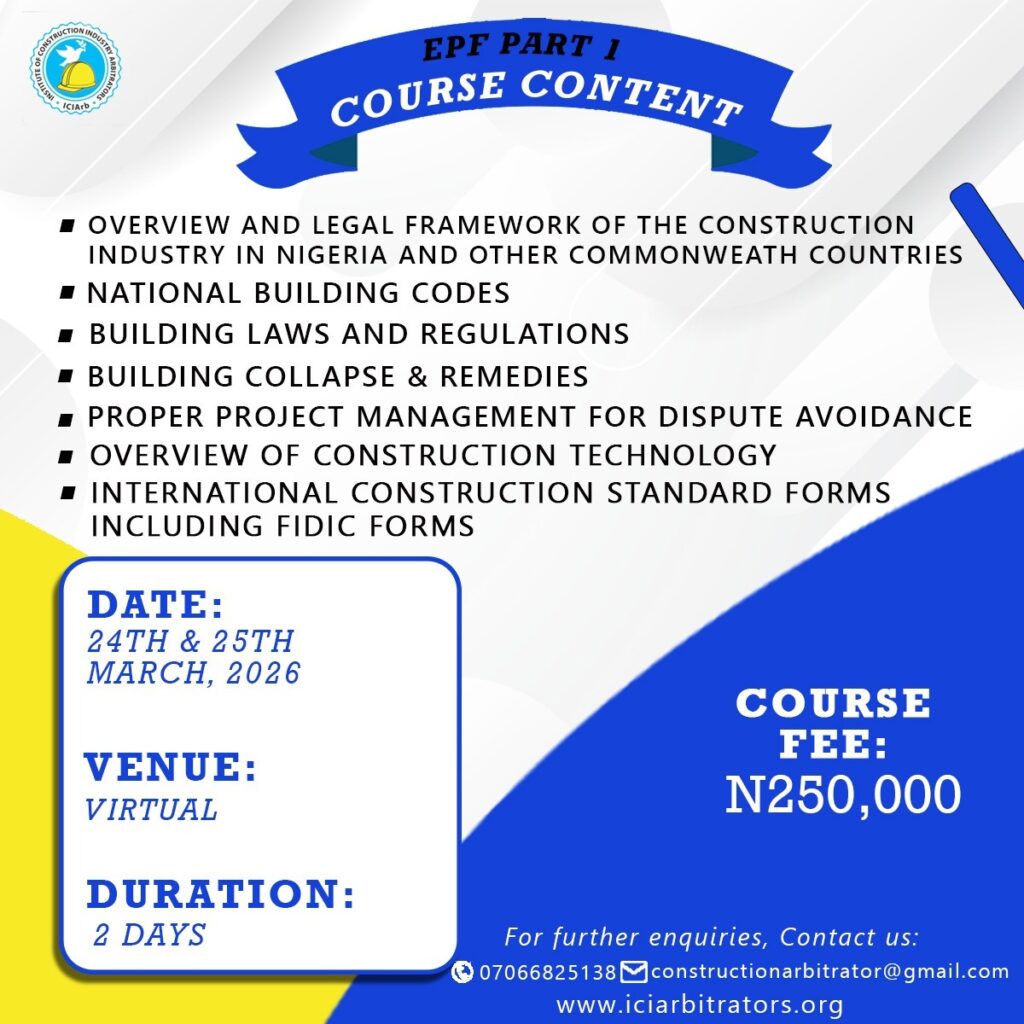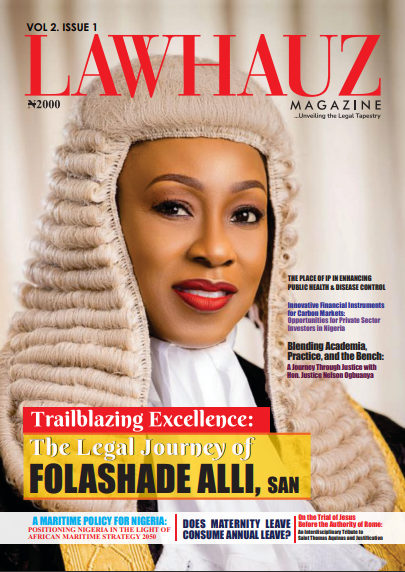by Heather Abraham, Jonathan Manes and Alex Abdo
October 21, 2021
court, Federal Courts, House Judiciary, Transparency
by Heather Abraham, Jonathan Manes and Alex Abdo
October 21, 2021
In the United States, courts are presumptively open to the public. Generally speaking, anyone can attend a trial or a judicial hearing, and documents filed in court are available for anyone to inspect. This presumption is deeply rooted in our common law tradition and a constitutional right. The idea is that transparency improves the quality and legitimacy of judicial decision-making and accordingly, what happens in court is the public’s business. As Chief Justice Burger wrote more than 40 years ago, “People in an open society do not demand infallibility from their institutions, but it is difficult for them to accept what they are prohibited from observing.”
Yet so often the public’s right to observe judicial proceedings is neglected. The culprit, we’ve found, is often a lack of clear processes. Under the constitutional and common law rights of access, courts may close their doors or seal their records only in rare circumstances. But surprisingly, there is no uniform procedure in the federal district courts for putting these constitutional and common law rights into effect. The result is that each of the nation’s 94 federal judicial districts is free to adopt its own procedure—or not—to handle record sealing. In that void, a mishmash of local rules and practices has developed that do little to prevent—and sometimes even require—the improper sealing of court records. This can lead to dangerous consequences, including concealing public health and safety risk information related to medical devices, drugs, and consumer products from the public and regulators.
As we argue in a proposal that we recently submitted to the Federal Rules Committee, the time has come for the courts to adopt a uniform procedure for sealing that protects the public’s right of access to court records.
The Disorderly State of Federal Court Sealing Practices
The public’s right to attend court hearings and read court filings is not absolute, but before a court may seal its proceedings or records, a judge must make an explicit determination that the right of access has been overcome. The test is a strict one. Under the First Amendment, documents may be sealed only if there are “overriding interests” requiring secrecy, and only if the proposed sealing order is effective and narrowly tailored to serve those interests. The common law imposes a similar test, balancing the public’s interest in openness against the specific rationales offered for secrecy.
In theory, every proposal to seal court proceedings or records should be vetted under these tests. In practice, however, there is no uniform federal procedure ensuring that they will be. There is no guarantee that any given court or judge will even require lawyers to file a formal request to seal or submit arguments in support, or that it will even issue a public judicial decision explaining what was sealed and why. When it comes to sealing, the federal courts are a procedural Wild West. Each district court—and every individual judge—can adopt their own idiosyncratic practices. There is no common baseline that these local practices must meet.
This disorderly state of affairs has had predictable consequences. Decisions to seal are opaque and sometimes clearly mistaken. Many times, for example, judges simply rubber-stamp a request to seal without providing any explanation at all. In one commonly seen pattern, entire filings end up sealed simply because the lawyers for the plaintiff and defendant agreed to keep them secret, without any apparent consideration of whether the public’s right of access was overridden.
Another common pattern involves judges allowing parties to seal filings simply because one side marked the document “confidential” during pre-trial discovery. At least one district court has effectively codified this practice district-wide. This approach to sealing cuts out of the calculus entirely the public interest in transparency, instead putting decisions about court secrecy in the hands of the lawyers in the case, who are often motivated to keep embarrassing information about their clients out of public view and who are rarely interested in facilitating public scrutiny of a court dispute.
The absence of uniform rules also means that practices can differ radically from one federal district to the next. The three federal districts in Georgia, for example, take three different approaches to sealing court records. A lawyer litigating in the federal courthouse in Savannah has the benefit of detailed, clear, and comprehensive rules that tell lawyers how to address issues like the scope and duration of proposed sealing orders, and that remind them of the applicable legal standards that govern sealing. Drive a few hours west to Macon, however, and the Middle District of Georgia’s local rules say nothing about sealing at all. The only guidance a lawyer will find are instructions about how the electronic filing system handles sealed documents. Ninety miles away in Atlanta, the Northern District of Georgia likewise has nothing in its local rules that govern sealing, only providing e-filing guidance for sealed documents on the court’s website.
In the absence of baseline federal rules, some courts have even adopted local rules that squarely violate the right of access. In one federal district court in upstate New York, for example, the local rules previously required that motions to seal and any sealing order issued by a court be sealed. In other words, the rules prevented the public from learning what had been sealed and why. This kind of meta-secrecy violated binding appellate precedents, but it had been required by the court’s local rules for years. (Fortunately, the court changed its rules after we filed a proposed amendment bringing this and other problems to its attention.)
Bringing Judicial Secrecy Out of the Shadows
The lack of uniform sealing procedures has resulted in excessive secrecy that has caused considerable harm.
In 2019, investigative journalists and data scientists published Hidden Injustice, a series of news stories documenting widespread abuse of record sealing. The underlying investigation—conducted by Reuters in collaboration with Westlaw—examined the dockets of a substantial number of federal mass torts cases, revealing widespread disregard of the procedural requirements for sealing court records from the public.
The series revealed that federal judges sealed evidence related to public health and safety in about half of the 115 biggest defective-product cases over the past 20 years. In the vast majority of those cases, judges did not provide an explanation for sealing, even though case law and well-established principles require them to explain their reasoning. As Reuters noted in one of its stories:
In practice, secrecy has become so ingrained in the system that judges rarely question it. In 85 percent of the cases where Reuters found health and safety information under seal, judges provided no explanation for allowing the secrecy.
Prompted by the Reuters investigation, the House Judiciary Committee held a hearing on judicial secrecy a few months later. In response to pointed questions from the committee, a representative of the federal judiciary, Judge Richard Story, acknowledged that improper sealing practices occur.
The federal judiciary has previously acknowledged the problem of inconsistent and improper sealing practices. In 2009, the Federal Judicial Center issued a report concerning cases that had been sealed in their entirety—many of which appear to have been sealed on dubious grounds. And in 2010, the Center issued nonbinding guidance designed to minimize the improper sealing of court records. The guidance included a procedural “checklist” with clear, uncontroversial procedures for motions to seal.
Ultimately, these hortatory efforts have not succeeded in regularizing sealing practices. Procedures remain inconsistent from one district to the next. More troubling, this laxity means that records are sometimes sealed without notice to the public—or without any apparent judicial consideration for whether it is warranted or for how long. In short, the absence of clear procedural rules means that litigants—and sometimes courts—easily and too often neglect to address the propriety of sealing court records under the First Amendment and common law rights of access.
Recognizing the need for reform, in 2020, Professor Eugene Volokh, the Reporters Committee for Freedom of the Press, and the Electronic Frontier Foundation submitted a proposed federal rule on sealing. The Advisory Committee on Civil Rules has twice considered the proposal, raising questions about the necessity of a uniform rule to replace the current patchwork of local rules and practices.
Responding to those questions, the Knight First Amendment Institute at Columbia University, the Civil Rights & Transparency Clinic at University at Buffalo School, and Professor Jonathan Manes at Northwestern Pritzker School of Law recently submitted an alternative proposed Federal Rule of Civil Procedure 5.3 on record sealing. The submission emphasizes the unsavory history of judicial secrecy and adds to the mix original empirical research into the highly divergent local practices of district courts, similar to those described above.
The Advisory Committee is likely to take up our proposal at its spring meeting.
An Easy Win for Judicial Integrity
There can be good reasons for sealing court records, but the public will be rightfully skeptical of judicial secrecy in the absence of a robust and transparent process for deciding whether that secrecy is necessary. At a moment when the legitimacy of the federal courts is under attack, a rule finally establishing uniform, robust procedures for sealing should be an easy win to notch. By enacting such a rule, the courts would reassure the public that if something has been locked away in a court’s files, there has at least been fair and public consideration of whether the need for secrecy outweighs the public interest in transparency.
court, Federal Courts, House Judiciary, Transparency
All-source, public repository of congressional hearing transcripts, government agency documents, digital forensics, social media analysis, public opinion surveys, empirical research, more.
by Ryan Goodman and Justin Hendrix
Dec 24th, 2021
by Tess Bridgeman and Ryan Goodman
Dec 22nd, 2021
by Conor Shaw
Dec 22nd, 2021
by Ryan Goodman and Justin Hendrix
Dec 21st, 2021
by Lauren Spink
Dec 17th, 2021
by Irvin McCullough and Kel McClanahan
Dec 17th, 2021
by Alexander Cooley and Tatyana Margolin
Dec 15th, 2021
by Riana Pfefferkorn
Dec 14th, 2021
by Viola Gienger
Dec 10th, 2021
by Ryan Goodman and Justin Hendrix
Dec 6th, 2021
by Jordan Street
Dec 6th, 2021
by Daniel Weiner and Lawrence Norden
Dec 3rd, 2021
by Just Security
Dec 3rd, 2021
by Matiangai Sirleaf
Dec 2nd, 2021
by David Luban, Scott Roehm, Claire O. Finkelstein, Karen J. Greenberg, Lisa Hajjar, Jonathan Hafetz, Elisa Massimino and Gabor Rona
Dec 1st, 2021
by Gavin Wilde
Nov 30th, 2021
by Ambassador Robert Ford and Milan Vivanco
Nov 29th, 2021
by Ben Abraham and Jocelyn Perry
Nov 24th, 2021
by Brianna Rosen
Nov 23rd, 2021
by Ryan Goodman
Nov 22nd, 2021
by Aurel Sari and Ben Hudson
Nov 19th, 2021
by Thomas Carothers and Benjamin Press
Nov 18th, 2021
by Jeffrey Rogg and Andrew Stigler
Nov 17th, 2021
by Brianna Rosen, Luke Hartig, Tess Bridgeman and Ryan Goodman
Nov 15th, 2021
by Ambassador Daniel Fried
Nov 15th, 2021
by Julian Elderfield
Nov 12th, 2021
by Michael Breen
Nov 11th, 2021
by Luke Hartig
Nov 10th, 2021
by Ted R. Bromund and Jonathan Reich
Nov 10th, 2021
by Stephenie Foster and Susan Markham
Nov 8th, 2021
by Eugene R. Fidell
Nov 5th, 2021
by Heather Hurlburt
Nov 5th, 2021
by Eric Rosand
Nov 4th, 2021
by Rod Schoonover and Erin Sikorsky
Nov 3rd, 2021
by Brianna Rosen
Nov 1st, 2021
by Elizabeth Goitein
Oct 29th, 2021
by Ramzi Kassem, Rebecca Mignot-Mahdavi and Gavin Sullivan
Oct 28th, 2021
by Lawrence Korb and Kaveh Toofan
Oct 27th, 2021
by Rebecca Hamilton
Oct 25th, 2021
by Eliav Lieblich and Adam Shinar
Oct 24th, 2021
by Kurt Bassuener and Senada Šelo Šabić
Oct 22nd, 2021
by Heather Abraham, Jonathan Manes and Alex Abdo
Oct 21st, 2021
by Anders Åslund
Oct 20th, 2021
by Corin R. Stone
Oct 19th, 2021
by Joseph Margulies
Oct 18th, 2021
by Elizabeth Andersen and Alicia Evangelides
Oct 14th, 2021
by Adam Klein
Oct 13th, 2021
by Ambassador Cameron Munter (ret.)
Oct 12th, 2021
by Raoul Peck
Oct 12th, 2021
by Joshua Rudolph
Oct 7th, 2021
by Justin Hendrix
Oct 6th, 2021
by Ambassador David Scheffer
Oct 6th, 2021
by Brian Finucane
Oct 4th, 2021
by Ryan Goodman, Christine Berger and Margaret Shields
Sep 30th, 2021
by Ambassador Thomas Graham Jr.
Sep 29th, 2021
by Robert Howse
Sep 28th, 2021
by Corin R. Stone
Sep 28th, 2021
by Ambassador (ret.) Eileen Donahoe
Sep 27th, 2021
by Aryeh Neier
Sep 24th, 2021
by Ambassador Stephen J. Rapp
Sep 23rd, 2021
by Elizabeth Goitein
Sep 22nd, 2021
by Payam Akhavan
Sep 21st, 2021
by Tess Bridgeman and Ryan Goodman
Sep 20th, 2021
by Russ Feingold
Sep 20th, 2021
by Damian Lilly
Sep 20th, 2021
by Sean Murphy
Sep 17th, 2021
by Steven Katz
Sep 16th, 2021
by Justice Richard Goldstone
Sep 15th, 2021
by Jameel Jaffer and Ryan Goodman
Sep 14th, 2021
by Rebecca Barber
Sep 14th, 2021
by Joseph Margulies and Baher Azmy
Sep 13th, 2021
by John Fabian Witt
Sep 8th, 2021
by Tess Bridgeman, Rachel Goldbrenner and Ryan Goodman
Sep 7th, 2021
by Andrea Walther-Puri
Sep 6th, 2021
by Rachel Alpert
Sep 3rd, 2021
by Heather Barr
Sep 2nd, 2021
by Beatrice Eriksson
Sep 2nd, 2021
by Jonathan Hafetz
Sep 1st, 2021
by Siobhan O’Neil and Zoe Marks
Aug 31st, 2021
by Pablo Arrocha Olabuenaga
Aug 30th, 2021
by Dennis Aftergut and Kathleen Clark
Aug 26th, 2021
by Adam M. Smith
Aug 23rd, 2021
by Gregory F. Treverton
Aug 21st, 2021
by Pierre Esperance
Aug 19th, 2021
by Larry D. Johnson
Aug 18th, 2021
by Douglas London
Aug 18th, 2021
by Tess Bridgeman and Ryan Goodman
Aug 17th, 2021
by Corin R. Stone
Aug 17th, 2021
by Fionnuala Ní Aoláin
Aug 16th, 2021
by Andy Wright
Aug 13th, 2021
by Jason K. Dempsey
Aug 12th, 2021
by Ryan Goodman and Juilee Shivalkar
Aug 8th, 2021
by Khan and Julie Kornfeld
Aug 2nd, 2021
by Brian Finucane
Jul 31st, 2021
by Amal Clooney
Jul 29th, 2021
by Charles P. Henry
Jul 28th, 2021
by Ryan Goodman, Barbara McQuade and Joyce Vance
Jul 26th, 2021
by Irvin McCullough and Tom Devine
Jul 23rd, 2021
by Lotus Ruan and Gabrielle Lim
Jul 21st, 2021
by Dr. Ethan Hee-Seok Shin and Stephanie Minyoung Lee
Jul 20th, 2021
by Karl Mihm, Justin Cole, Iva Petkova, Margaret Shields, Mari Dugas, Nicholas Tonckens and Tess Bridgeman
Nov 19th, 2021
by Karl Mihm, Jacob Apkon and Sruthi Venkatachalam
Dec 21st, 2021
by Tess Bridgeman, Rachel Goldbrenner and Ryan Goodman
Sep 7th, 2021
by Matiangai Sirleaf
Jul 13th, 2020
by Just Security
Jul 19th, 2021
by Christine Berger
May 29th, 2021
by Emily Berman, Tess Bridgeman, Ryan Goodman and Dakota S. Rudesill
Oct 14th, 2020
by Justin Hendrix, Nicholas Tonckens and Sruthi Venkatachalam
Aug 29th, 2021
by Ryan Goodman and Juilee Shivalkar
Aug 8th, 2021
by Kate Brannen and Ryan Goodman
May 11th, 2021
by Atlantic Council's DFRLab
Feb 10th, 2021
by Ryan Goodman, Mari Dugas and Nicholas Tonckens
Jan 11th, 2021
by Ryan Goodman and Danielle Schulkin
Nov 3rd, 2020
by Chris Shenton
Aug 24th, 2020
by Ryan Goodman and Danielle Schulkin
Jul 27th, 2020
by Ryan Goodman and Julia Brooks
Mar 11th, 2020
by Viola Gienger and Ryan Goodman
Jan 31st, 2020
Heather Abraham (@heather_sol_a) directs the Civil Rights & Transparency Clinic at the State University of New York at Buffalo School of Law, a litigation clinic dedicated to enforcing and advancing civil rights and government accountability, with a particular emphasis on fair housing, open government, and freedom of the press. Professor Abraham’s academic research and scholarship focuses on enforcement of the federal Fair Housing Act, and to state and local human rights laws, and explores how fair housing laws can be used to reduce residential segregation.
Jonathan Manes is an attorney at the Roderick & Solange MacArthur Justice Center and Adjunct Professor of Law at Northwestern Pritzker School of Law. He was a member of the team that litigated the Wisconsin case concerning late-arriving ballots that is mentioned in the article. Follow him on Twitter @jmmanes.
Litigation Director of the Knight First Amendment Institute at Columbia University. Follow him on Twitter (@AlexanderAbdo).
Send A Letter To The Editor
by Joseph Margulies
Nov 8th, 2021
by Eugene R. Fidell
Nov 5th, 2021
by Senator Ron Wyden
Oct 26th, 2021
by Anders Åslund
Oct 20th, 2021
by Jenny Domino
Oct 8th, 2021
by Elliot Williams
Sep 14th, 2021
by Naomi Roht-Arriaza
Sep 8th, 2021
by Jeanne Sulzer and Clémence Witt
Sep 8th, 2021
by Victoria Riello and Larissa Furtwengler
Sep 6th, 2021
by Xiangnong (George) Wang
Jul 14th, 2021
by Eric J. Miller
May 31st, 2021
by Stephen Galoob
May 30th, 2021
Just Security is based at the Reiss Center on Law and Security at New York University School of Law.



